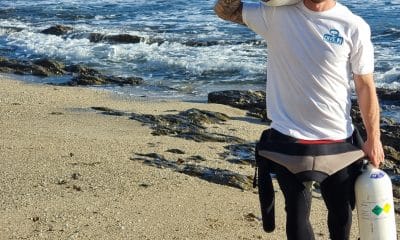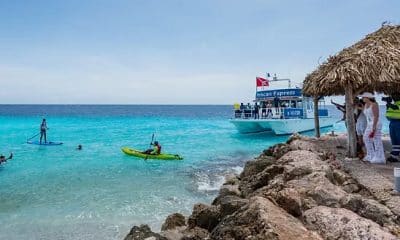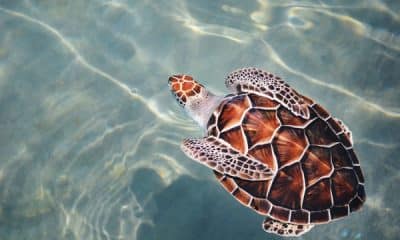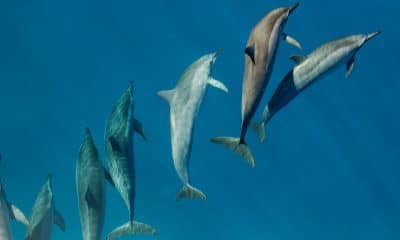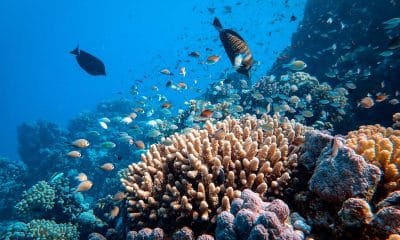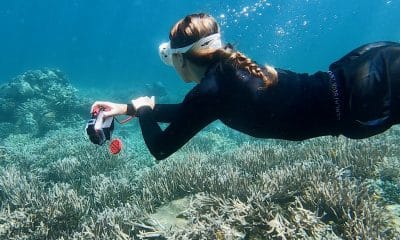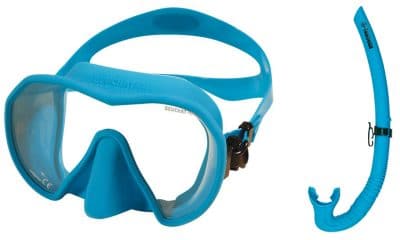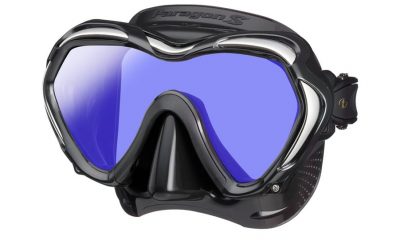Blogs
Snorkelling with seals on the Isles of Scilly
CJ & Mike from Bimble in the Blue snorkel with seals off the Isles of Scilly…
Mike and I had a great opportunity to travel to the Isles of Scilly for a weeks holiday. Choosing what to do here can be a difficult decision given the number of islands, boat trips, hikes and activities available. But for us the decision to go snorkelling with Scilly Seal Snorkelling was an easy one!
We had booked in advance and were given instructions to meet at the Scilly Seal Snorkelling shed on the beach next to Higher Town Quay on the island of St Martin on our tour day. The boat trip across from St Mary’s where we were staying to St Martin is quick and the contrast from rocky St Mary’s to the white sand ringed, almost tropical looking St Martins is quite the sight.
We arrived early onto St Martin and enjoyed a leisurely stroll before meeting up with our group at the “shed”. Here we were greeted by our guides and filled out the appropriate safety paperwork, before squeezing ourselves into out wetsuits and being given our snorkel equipment.
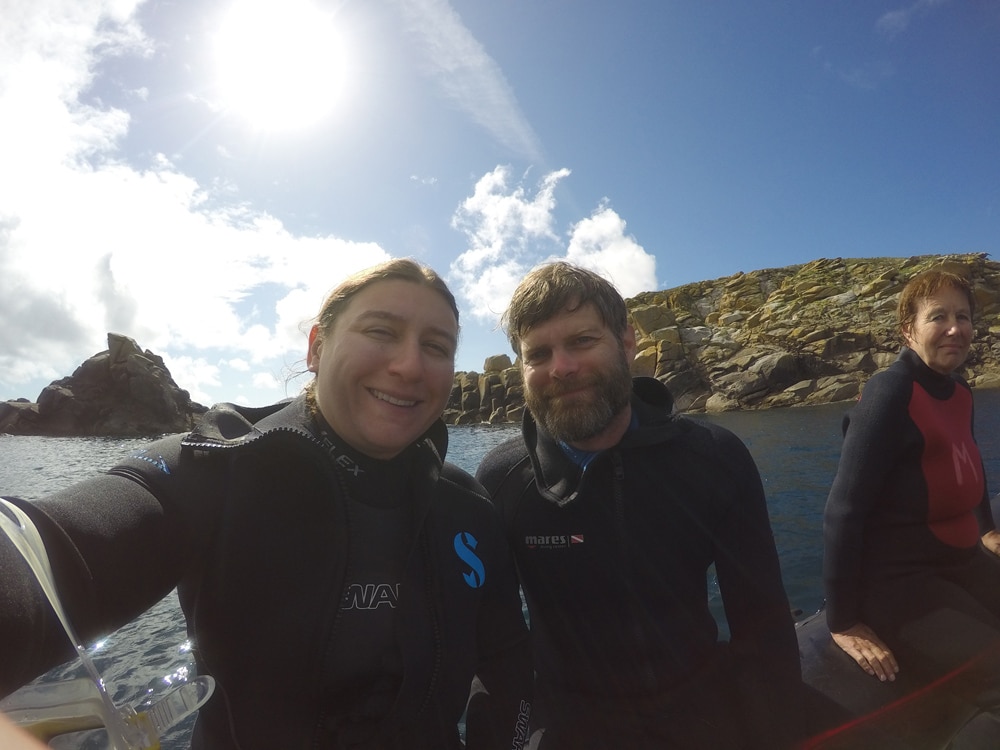
Soon everyone was prepared and ready looking absolutely fabulous, as one does in 5mm neoprene! We had a short walk round to the harbour and onto the boat before heading out the some rocks offshore. On the journey out we were briefed on the correct in water etiquette for seal interactions and were told we would only stay to snorkel in an area if the seals were curious and keen to play.
As soon as we arrived at the rocks we could see lots of grey seals hauled out and swimming around the rocks, some were obviously wary, but most seemed intrigued and swam halfway up to the boat to have a look at us. There also seemed to be a good number of year old pups, which our guides told us was a good sign as they were the most playful.
After our captain spent some time at various outcrops observing the seal haul-outs in order to gauge which seals wouldn’t object to our presence, he took us to a sheltered rocky cove and gave us the OK to kit up! Once in the water the whole group was pretty much surrounded by playful pups, popping up behind peoples heads, and ducking down to investigate our fins!
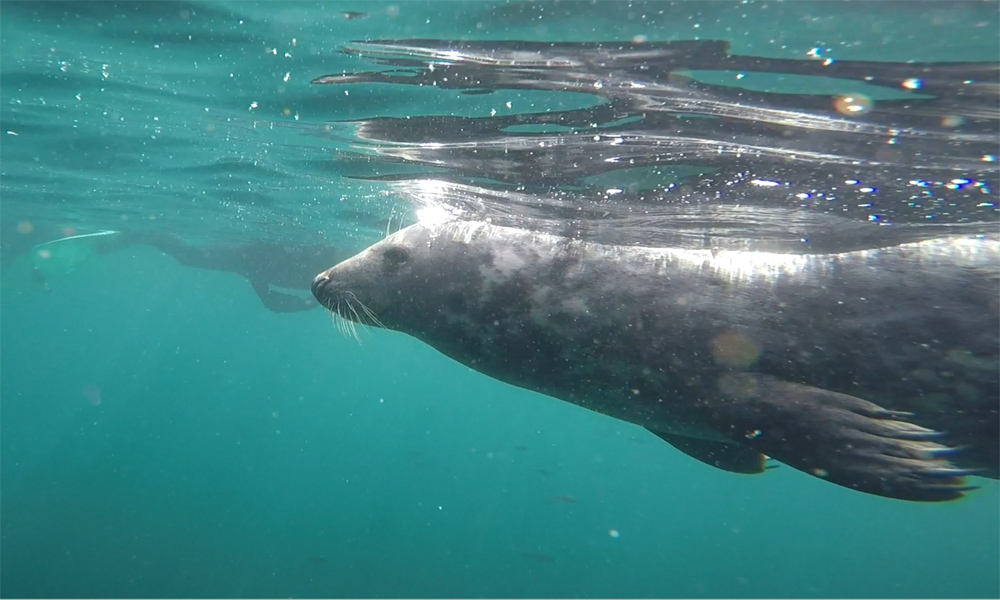
When one seal swam off another would take it’s place, holding our fins in their claws and sometimes even having a nibble. After the initial influx of youngsters, some of the older larger seals came for a nosy and seemed to take great delight in sneaking up behind us whenever our faces were turned.
We spent a fantastic hour enjoying our pinniped interactions before it was time to head back to the boat and return to shore. Everyone on the boat sported massive grins and even those who had been a little less experienced snorkellers, said how much they had enjoyed it and had been so immersed watching the playful seals that they had totally forgotten their initial nervousness.
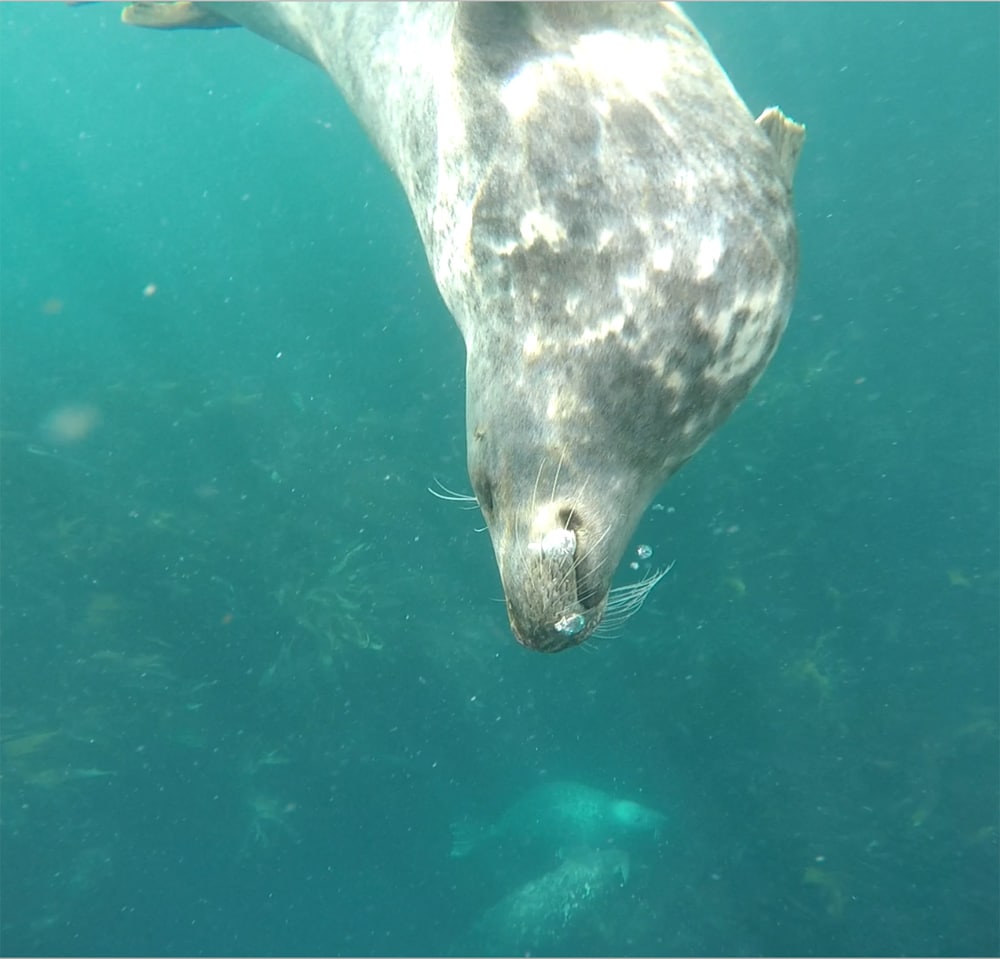
On our return trip we made a circuit of the rocky outcrops in order to observe the other wildlife including, peregrine falcons, shags, cormorants and drifted alongside a bait ball which had attracted hunting gannets and common dolphins. Back on land, we got changed back into some warm clothing, thanked our guides and departed in search of a nice hot cup of tea!
Mike and I have snorkelled and dived with seals in Anglesea, the Farne Isles and the Cornish mainland, but this was probably the best interaction we have had, in terms of both the number and willingness of seal wanting to play. It’s sometimes easy to forget with their cute almost puppy like faces that grey seals are the largest predators in the UK and deserve both respect and protection from harassment and harm. Scilly Seal Snorkelling did an excellent job of briefing us, choosing the correct location and respecting the seals, in order to give us a fantastic interaction with these wild animals. We would highly recommend this tour if you find yourself in this most southerly part of the British Isles!
Blogs
The Suit Ocean Team leads the Ultimate Curacao Snorkeling Adventure
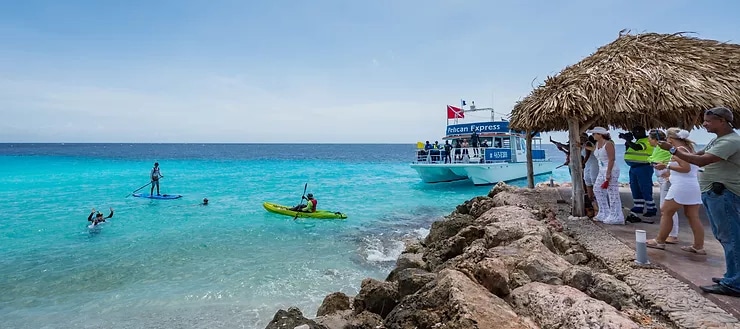
As passionate residents of our Dutch Caribbean Island, we must congratulate The Suit Ocean Team for creating more awareness about the importance of protecting our beautiful fringing reef systems in Curacao.
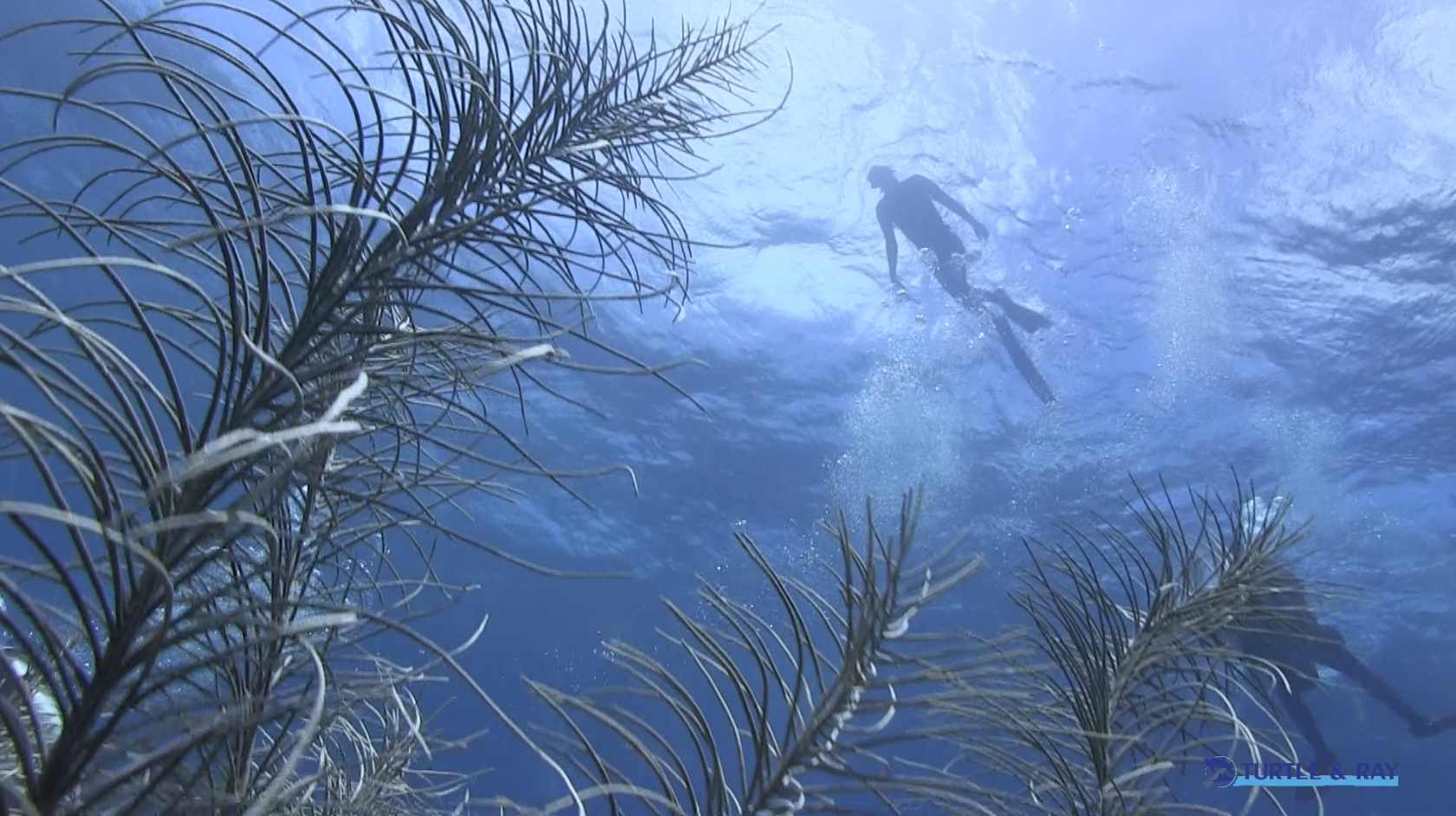
The film, Curacao Underwater Kunuku (Kunuku is Papiamento for Garden), not only documents this ultimate snorkeling adventure showing you how easy it is for everyone to access and enjoy a snorkel or diving experience, but it also showcases the interaction between man and nature, highlighting the beauty of underwater life while promoting conservation, preservation and the need to protect these vital habitats.
These are the key ingredients to this beautiful short film documentary. Watch NOW and please enjoy our “CURACAO UNDERWATER KUNUKU”.
This film, produced by the Lawrence Mensa Foundation (LMF), is also available in multiple languages including: Spanish, Papiamentu, Dutch, Portuguese and German.
Blogs
8 Unique Places to Go Snorkeling in Europe
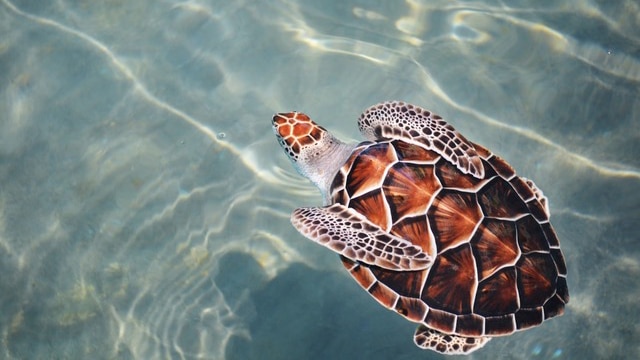
Snorkeling in Europe brings to mind golden sands dotted with beach umbrellas, clear waters, and rocky landscapes busy with Mediterranean fish life. Europe offers all of that, but it also offers so much more for snorkelers. Among Europe’s diverse countries, you can find impossibly bright blue lagoons, idyllic islands, and pristine marine reserves that host thousands of sea turtles and playful seals. You can snorkel over a sunken Roman city and explore one of the world’s premier marine megafauna hotspots. Ready for a summer vacation? Get inspired with our round-up of 8 unique places to go snorkeling in Europe.
Comino, Malta
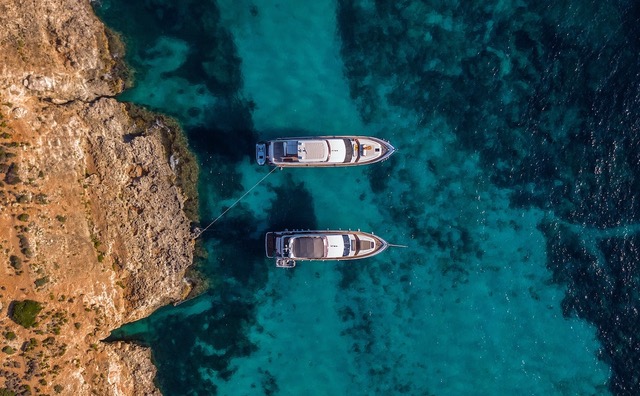
Sitting between the islands of Malta and Gozo, Comino Island is a paradise for snorkelers and divers alike. This tiny island hosts the brightest blue waters in the Maltese Islands and offers fantastic snorkeling among sheltered inlets and caves busy with diverse marine life.
Comino is best-known for hosting the Blue Lagoon; a bucket-list destination with crystal-clear waters and striking rocky landscapes. It is the perfect place to go snorkeling, take a hike, or simply marvel at the gorgeous scenery.
Medes Islands, Spain.
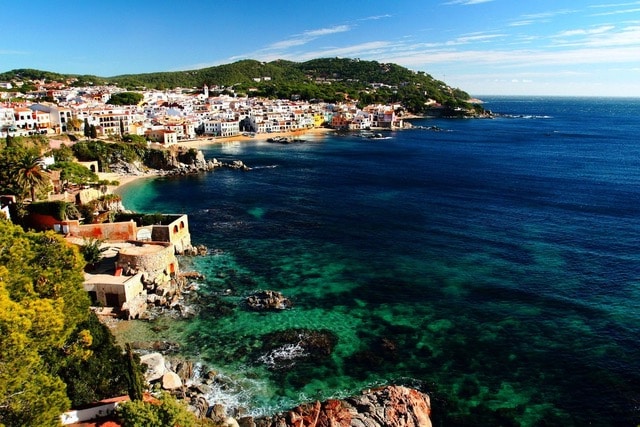
With over 500 dive sites and seaside destinations all along its coastline, Spain draws tourists from around the world. This vibrant country is one of Europe’s top vacation spots.
The Costa Brava in northeastern Spain is home to some of the most famous snorkeling spots in the country, one of which is the Medes Islands. This small archipelago of seven islets off L’Estartit is one of the best marine reserves in all of the Mediterranean.
Fishing was banned at the Medes Islands over 30 years ago, which has allowed marine life to flourish there. Seagrass meadows and rocky areas busy with fish await. A visit to this exceptional marine ecosystem is a must if you are visiting Spain.
Zakynthos, Greece.
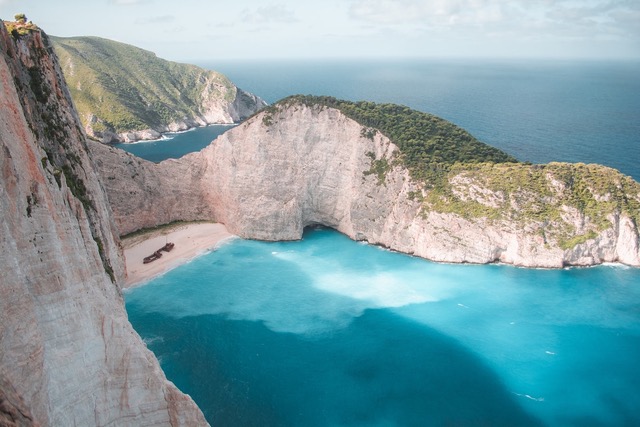
If you love sea turtles, Greece should be top of your list of places to go snorkeling in Europe.
Zakynthos is home to Marathonisi Island, also known as ‘Turtle Island’. This small island sits within the National Marine Park of Zakynthos and is a vital breeding ground for loggerhead sea turtles. The National Marine Park of Zakynthos was created in 1999 to protect these turtles, plus rare Mediterranean monk seals, which give birth to their young in Zakynthos’s secluded caves.
Marathonisi, nearby Cameo Island, and Zakynthos, are the top places in Europe to swim with turtles. In the summer months, thousands of loggerhead turtles visit the area to lay their eggs and you can go snorkeling with them.
Lundy Island, United Kingdom.
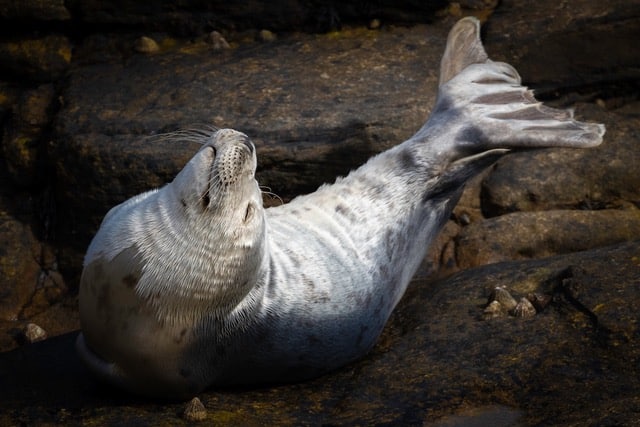
Snorkeling with seals is bound to leave a smile on your face. These cheeky animals are known for getting up close to snorkelers, checking them out, and occasionally nibbling fins.
Lundy Island is one of the best places to go snorkeling with seals in Europe. This island sits just 12 miles off the coast of Devon and hosts a breeding colony of Atlantic grey seals. The seals can be found playing in the surf and lounging in the sunshine at various points around the island.
Grab your snorkeling kit and dive in. Below the water, you will find shallow sunlit kelp forests, a variety of reefs, sea caves, and pinnacles. Lundy is a popular place for diving, but you will see plenty of marine life from the surface, including bright cup corals, anemones, fish, and hopefully seals.
Sunken City of Baiae, Italy
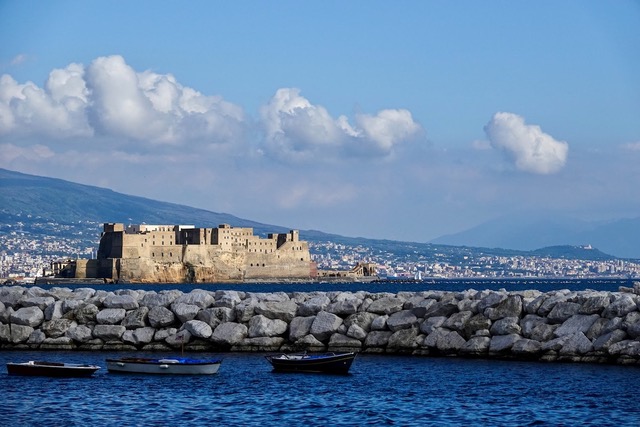
Not every great snorkeling experience is about marine life. In Italy, you can snorkel over ancient Roman ruins.
Two thousand years ago, Baiae was the destination for rich Romans to escape the city and relax by the seaside. Countless emperors and merchants flocked to Baiae’s shores every year, until tectonic activity forced this thriving city underwater.
Today, Baiae is an intact underwater city and one of the top highlights of snorkeling and diving in Italy. Observing these ruins is a breath-taking experience that brings history to life. There are Roman statues, a thermal spa, paved roads, and pillars dating back to the 1st century BC.
Corsica, France
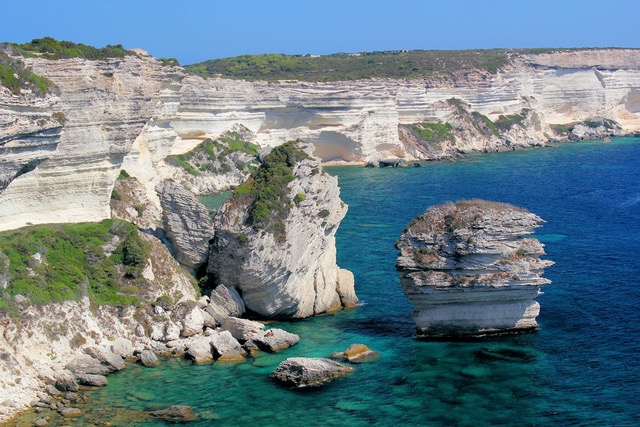
Corsica is renowned for its crystal-clear waters and shallow bays perfect for snorkeling with your kids.
This gorgeous island in the Mediterranean Sea boasts dramatic cliffs and white-sand beaches that hosts a wealth of accessible snorkeling spots. There are rich seagrass beds and rocky landscapes, plus small hidden coves dotted around the island. All of which host a diverse array of marine life, including huge schools of fish, octopi, moray eels, and starfish.
Corsica’s calm waters make it ideal not just for kids, but also for beginner snorkelers and those who want an easy time in the water. With water temperatures reaching up to 26 °C, plus water visibility of up to 30 meters, Corsica ticks the boxes for a laidback beach and snorkeling vacation.
Traun River, Austria
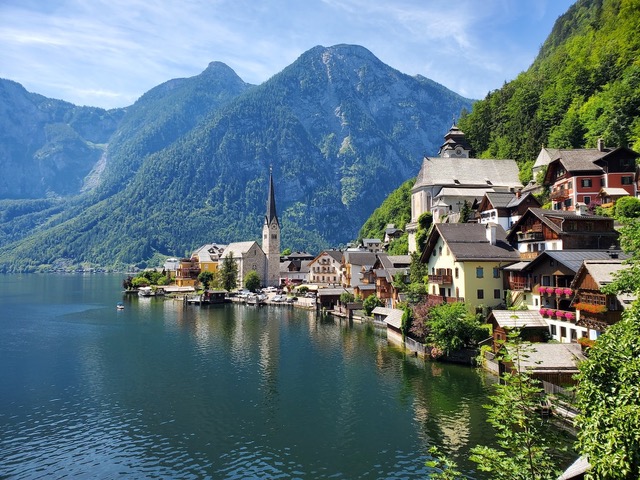
You might not think of Austria for snorkeling, but this land of iconic mountains and lush green landscapes has pristine lakes that attract divers and snorkelers every year. Away from the lakes, you can go snorkeling in spring-fed rivers that gleam in the sunshine.
Forget about floating on the surface when you go river snorkeling. At the Traun River in Upper Austria, river snorkeling involves rock jumping, canyoning, and some relaxed floating downstream. Along the way, you can explore interesting rock formations, underwater caves, and a waterfall, and meet freshwater fish life. This is also an excellent spot to go drift diving.
The Azores, Portugal
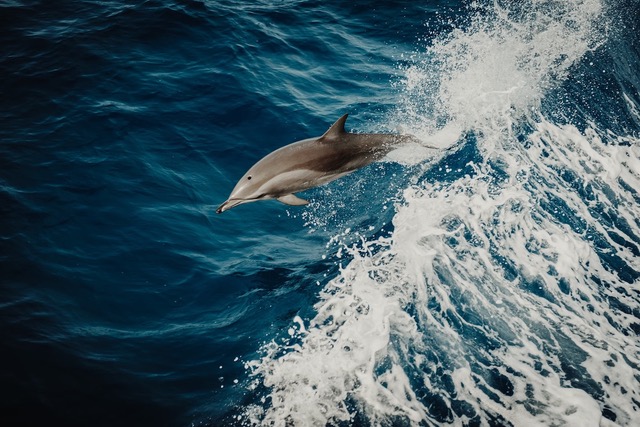
Sitting in the middle of the Atlantic Ocean and surrounded by endless blue waters, the Azores is a mecca for marine megafauna.
These famous islands host a remarkable amount of marine life, including more than 27 whale and dolphin species, mobula rays, and sharks. Snorkeling at the Azores is a great way to experience this wealth of life. You can swim with dolphins and snorkel among dozens of mobula rays and big pelagic fish.
And if you have a scuba certification, you can also go diving with mako and blue sharks. With water visibility reaching up to 60 meters, the Azores is incredible whichever way you choose to explore.
Kathryn Curzon, a conservationist and dive travel writer for SSI (Scuba Schools International), wrote this article.



